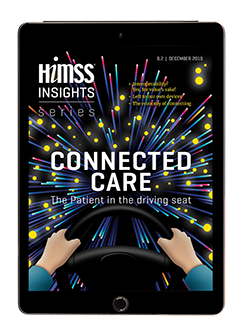
Connected care in digital times is about interoperability. There is no question about this. Digital health advocates realized it early on, and they have been talking about interoperability for decades now. Numerous organizations were founded, and many medical information specialists, doctors as well as medical informatics professionals, have dedicated parts of their professional lives to push ahead with standards in their respective areas.
Given all the efforts and enthusiasm, the state of interoperability in healthcare continues to be disappointing. There are many reasons for that. Politics and payers haven’t taken interoperability seriously enough for years. There has also been a tendency, on the side of standard developers, to act independently from the needs of those who, in the end, have to implement and work with the standards created. Add to this ivory tower attitude the fact that many earlier business models of health IT companies weren’t necessarily built on interoperability, and you will begin to see the wider picture.
Is now the time for cynicism? No. Considerable progress has been made. Numerous software developments have happened internationally and the cooperation agreement between the Personal Connected Health Alliance and IHE International was another boost for global standards in connected care. With the Continua Guidelines becoming part of the IHE world, the chance for them to become truly relevant increases, and it also helps to make the world of health information and technology standards a little less confusing.
From a patient perspective, connected care is about moving smoothly from their home through the continuum of care and back, depending on their medical needs and facilitated by data that is immediately available wherever it’s needed. Making data available is about interoperability, but in a broad sense. IT tools have to be able to communicate and so do the people involved. Healthcare made some progress recently with technical standards, but are we improving human-to-human interoperability too?
Learn more about these and other topics around interoperability and connected care in this edition of HIMSS Insights.
Originally published 20 December 2019; updated 25 June 2020
